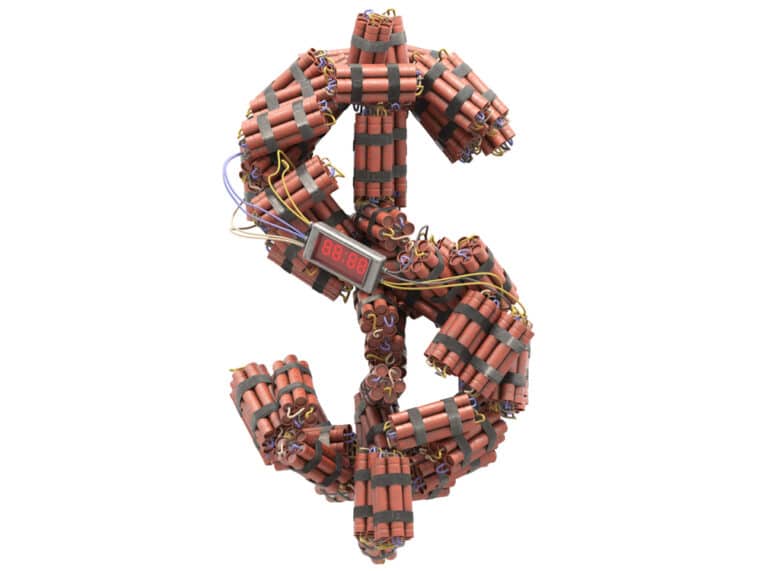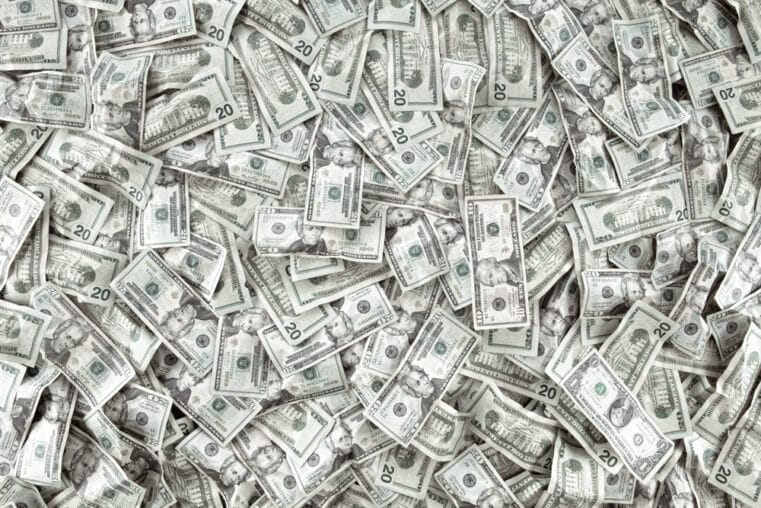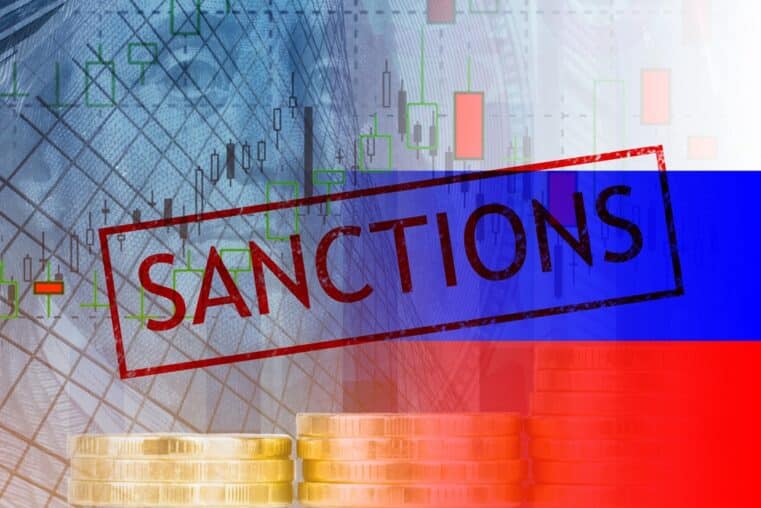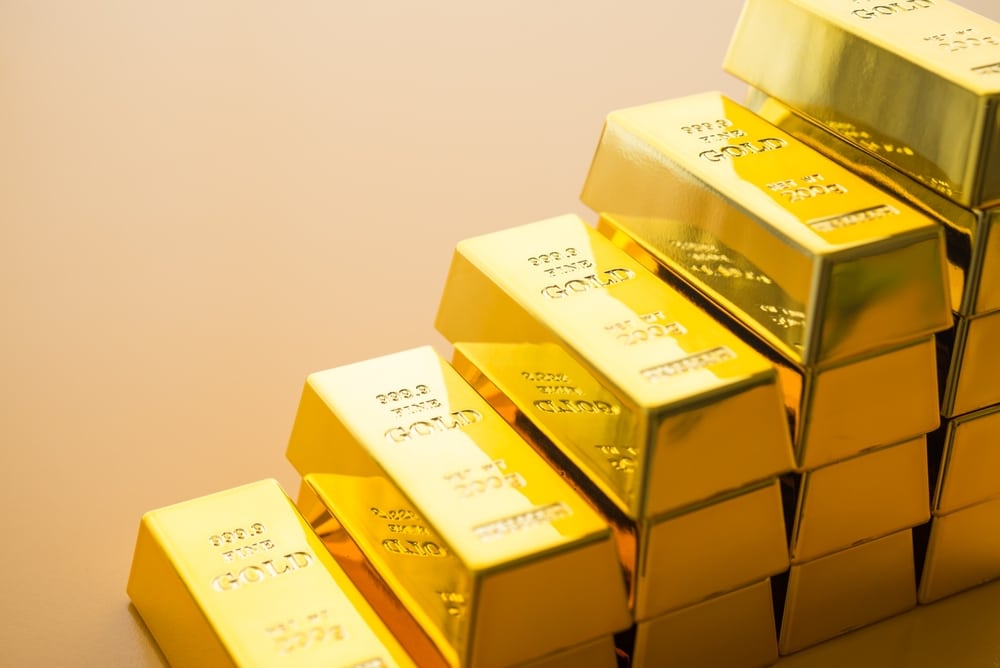
Gold's Record Surge Warns of a World Breaking Away from the Dollar
By Frank Balm
What’s Fueling Gold’s Meteoric Rise?
Unlike in the past, gold’s recent climb has been unusually steady, with any dip quickly met by more buyers piling in. It’s hard to ignore the disconnect between gold’s performance and the erratic nature of other markets. Inflation has cooled off, the dollar has wobbled, and interest rate forecasts have swung wildly – yet gold keeps pushing higher.
At first glance, you might chalk this up to a broader rise in asset prices. After all, the S&P 500 is up about 35% this year too. But gold’s movement hints at something deeper.
El-Erian points to one major trend: a growing shift away from the U.S. dollar as the world’s anchor currency. Central banks around the globe – especially in places like China and emerging “middle powers” – have been buying up gold aggressively. And it’s not just about diversifying their reserves anymore; they’re hedging against the decline of the U.S.-led financial order.
Why Are Countries Turning to Gold?
This pivot to gold isn’t just economics – it’s about strategy. For decades, the U.S. dollar and its payment system, SWIFT, formed the backbone of international trade. But cracks in that system are starting to show. Russia, for instance, managed to stay afloat after being cut off from SWIFT in 2022, cobbling together alternative trade routes with friendly nations. It wasn’t pretty or efficient, but it worked – and that’s got other countries thinking: maybe they don’t need the dollar after all.
What’s also driving this trend is frustration with how the U.S. has wielded its financial power. Trade tariffs, sanctions, and unilateral moves have rubbed many the wrong way. Countries are starting to see these tools not just as policy levers, but as weapons that could be turned on them next. And recent U.S. foreign policy decisions, especially in the Middle East, have left many questioning America’s commitment to fairness and the rule of law.
This growing distrust has created a perfect storm. Central banks aren’t just buying gold because they like shiny things – they’re preparing for a world where the dollar might not be king anymore.
The “Pipes” Around the Dollar System Are Growing
Now, let’s be clear: no single currency or system is ready to replace the dollar just yet. But what’s happening is more subtle – countries are building small, alternative trade networks to bypass the dollar where they can. It’s like laying downside roads around a crumbling highway. These “little pipes,” as El-Erian calls them, aren’t a full replacement, but they’re gaining traction.
The problem for the U.S.? Every time a country finds a way to trade without the dollar, the global system inches closer to fragmentation. If this trend continues, America’s influence will weaken, making it harder to shape international outcomes or protect national security.
Time to Pay Attention – Before It’s Too Late
Gold’s rise isn’t just about market trends or speculation – it’s a warning sign. It reflects a deeper shift toward a more fragmented, less dollar-dominated world. And if western governments don’t take this seriously, they risk waking up to a world where their financial and geopolitical influence is a shadow of what it once was.
The good news? There’s still time to change course. But it’s a narrow window, and the clock is ticking. The U.S. can’t afford to keep alienating allies and weaponizing economic tools without consequences. If it wants to preserve its place at the table, it needs to rebuild trust – fast.
At the end of the day, folks, this is why owning some gold makes sense. It’s more than just a hedge against inflation – it’s a safeguard against a shifting world order. As the global system starts to crack and currencies get more volatile, having a bit of gold in your corner can give you some peace of mind.
And if you want to stay ahead of these trends, make sure you check out resources like Bill’s book or our Seven Steps to Protect Yourself from Bank Failure guide. This isn’t just a game for billionaires and central bankers – it’s about protecting your savings and making sure you’re ready for whatever comes next.
Get started here: Innercircle Newsroom
Or grab your copy of the Seven Steps guide right here.
Stay sharp, my friends – the financial system is shifting beneath our feet, and the ones who prepare now will be in the best position to weather the storm.










